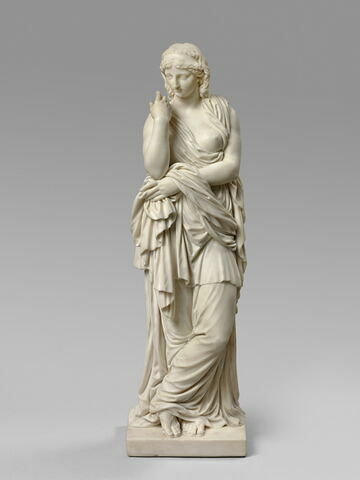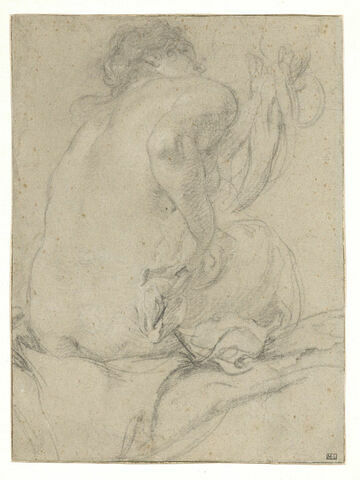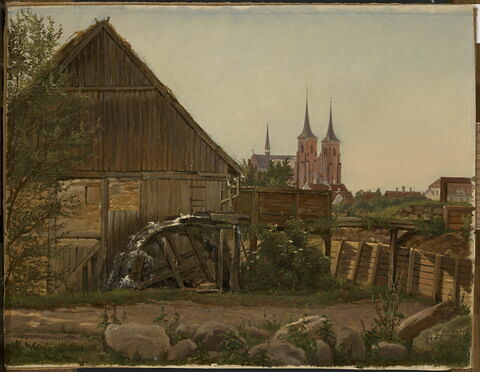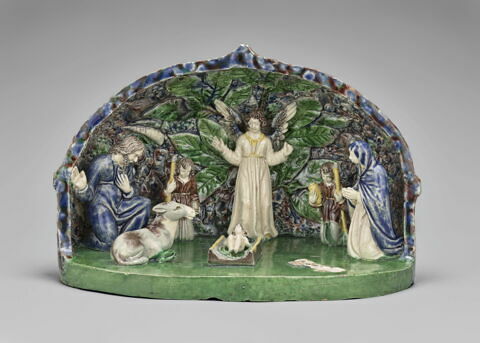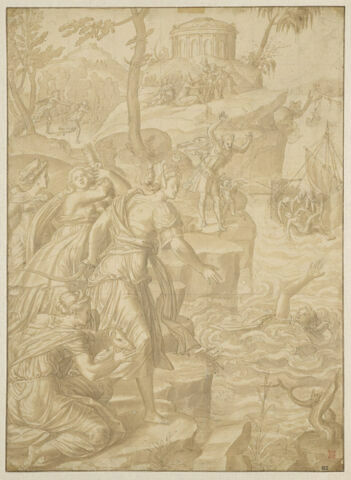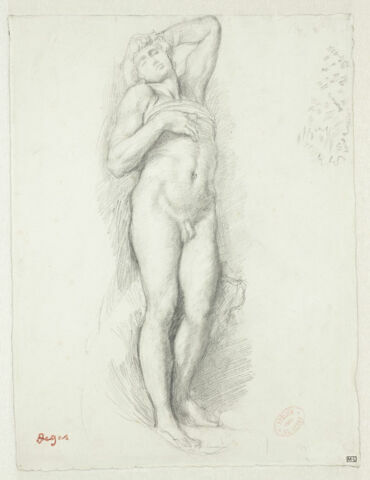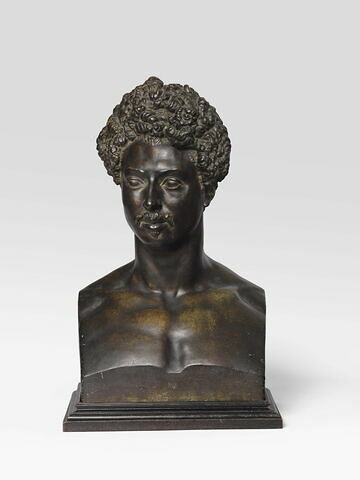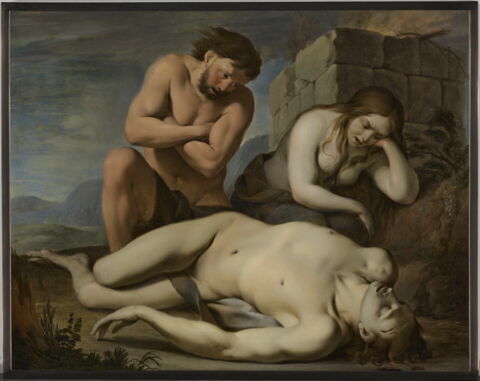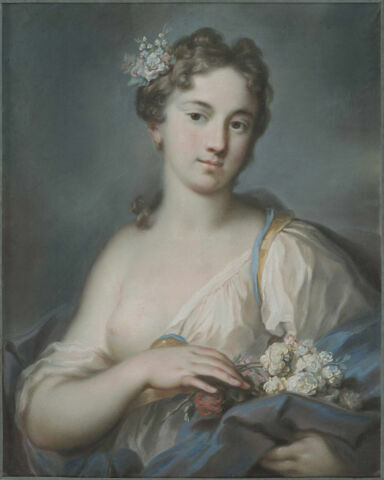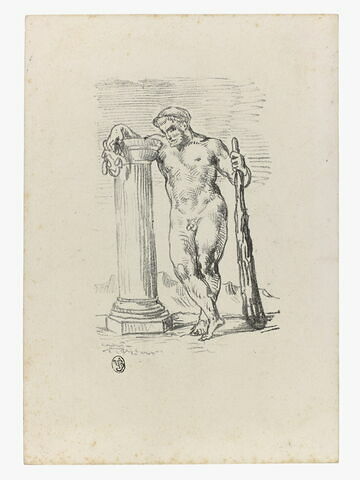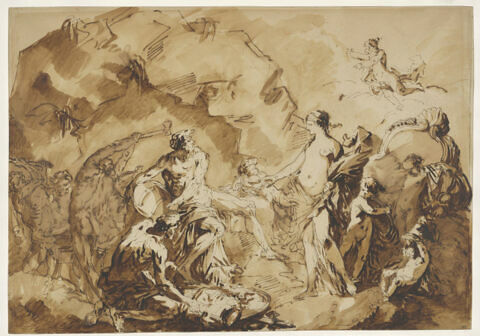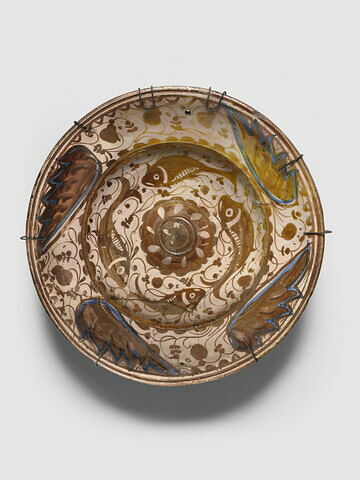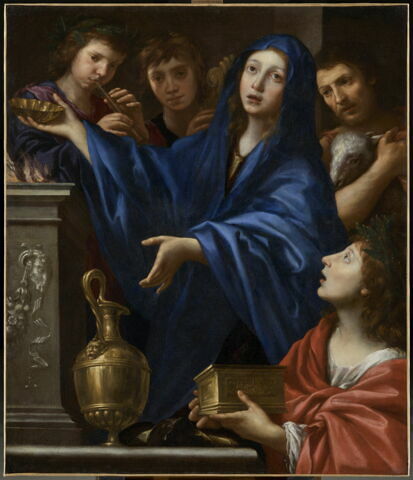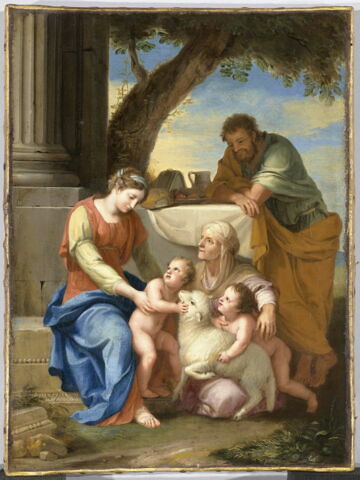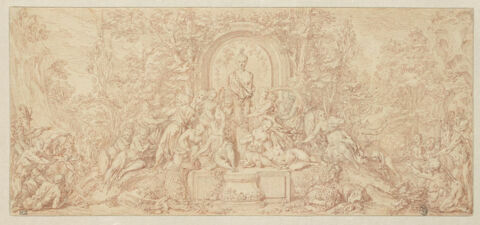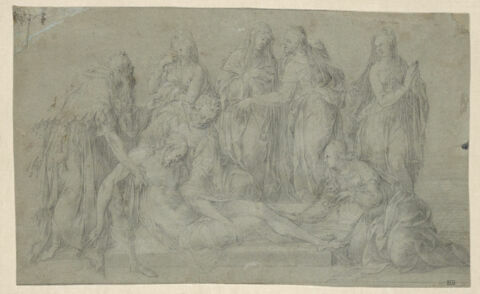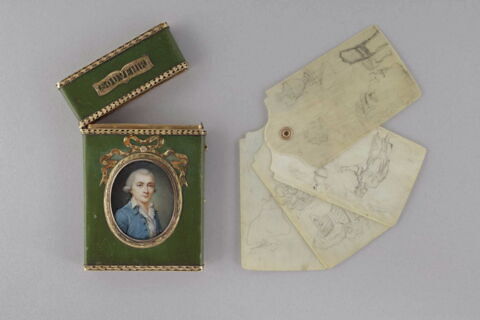Acquisitions made in 2023
The latest additions to the collections
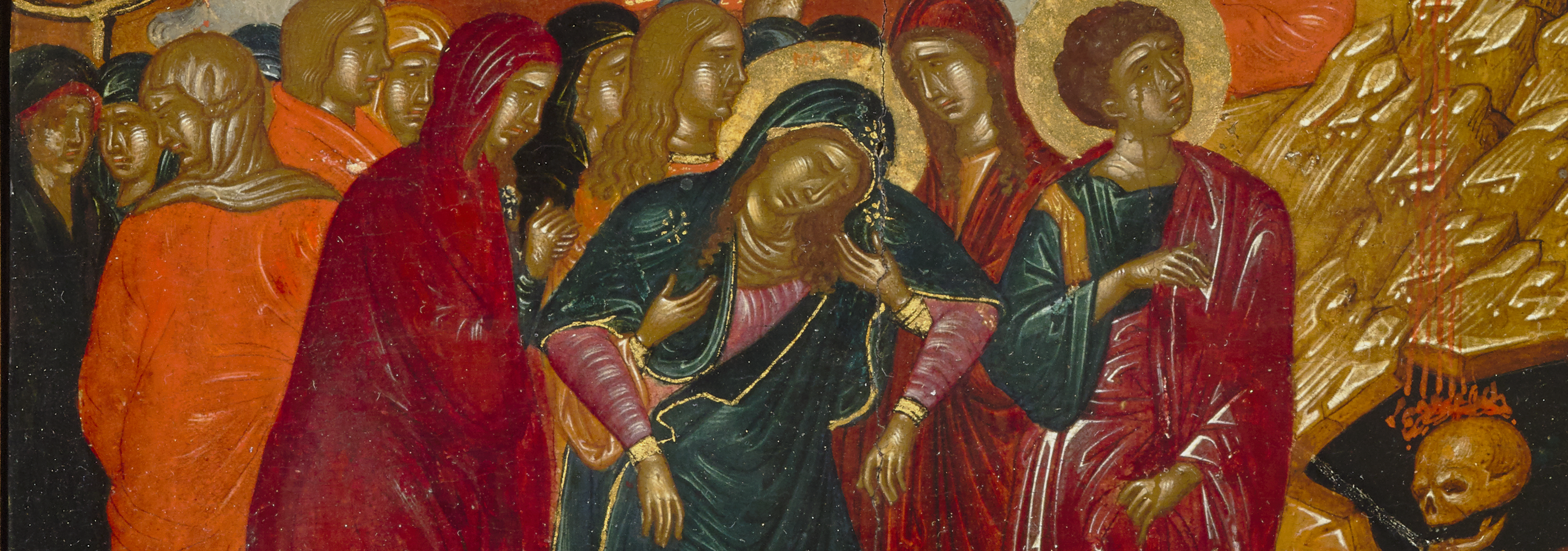
Expanding the national collections is one of the Louvre’s core missions. Given the vast scope of its collections and the Louvre’s status as France’s leading museum, acquiring works has important scientific and symbolic implications. Acquired works are state property, and as such are inalienable and imprescriptible. Because it requires the use of public funds, acquiring works constitutes a great responsibility.
Artworks are acquired in a number of different ways, such as purchasing from private individuals or organisations, or at public auctions; artworks deemed national treasures are subject to a particular set of purchasing procedures. In other types of acquisitions (such as gifts, donations, bequests, and, in rare cases, payment in kind) artworks are given freely rather than purchased.
Works are chosen after review by a 26-member Acquisitions Committee. The Committee meets once a month to examine all projects – both those subject to payment and those offered to the museum for free – put forward by the nine curatorial departments of the Louvre and the Musée National Eugène-Delacroix. The Committee issues a non-binding ruling for or against purchasing the works, which are presented physically. Beyond a certain financial limit, the National Museums Artistic Advisory Council is called upon to issue an opinion.
Funding for acquisitions is provided by a percentage of the revenue collected from entry fees to the permanent collections; it is therefore directly linked to museum attendance.
Beyond this allotted budget, gifts in the form of donations and bequests, and revenue from patrons (individuals, Amis du Louvre groups, corporate sponsors) also provide financial resources for acquiring artworks.
Cover image: Emmanuel Lambardos the Elder and Emmanuel Lambardos the Younger, Crucifixion, 1600–1700 © 2022 Musée du Louvre, dist. GrandPalaisRmn / Hervé Lewandowski
Socle du Silence de Chinard
(XIXe siècle)
Etude de nu pour une nymphe
Nativité, ou crèche en forme de chaumière
(1ere moitié du XVIIe siècle)
Alexandre Dumas
Adam et Eve pleurant la mort d'Abel
(Milieu du XVIIe siècle)
Jeune femme tenant des fleurs, allégorie du Printemps
Plat à ombilic avec une ronde de poissons
(2e moitié du XVIe siècle)
Le Sacrifice à Vesta
La Sainte Famille avec sainte Elisabeth et saint Jean Baptiste
(Milieu du XVIIe siècle)
Table
La fête de Diane troublée par les satyres
Le Christ mort déposé sur la pierre de l'onction
Etui souvenir
(3e quart du XVIIIe siècle)
Last updated on 20 08 2025


